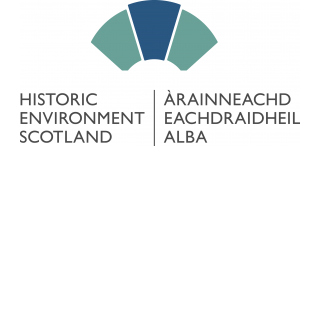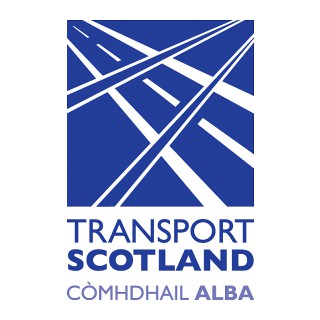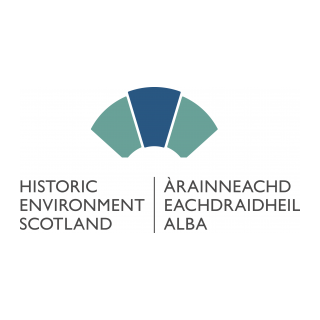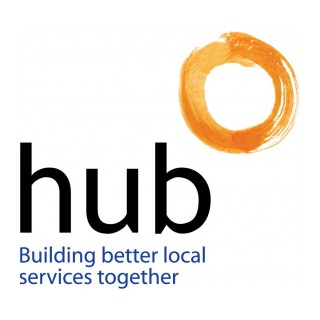Introduction
This BIM Level 1 Guidance has been designed to support the Public Sector Procurer in Scotland implement improved information management processes across the asset lifecycle aligned to the industry standards. The BIM Level 1 Guidance has been divided into three main parts including:-
What is BIM Level 1?
Building Information Modelling [BIM] Level 1 has been defined by the SFT BIM Delivery Group and the Home Nations Working Group as:
“BIM Level 1 maturity encompasses the management of digital, indexed construction information, including that generated by 2 or 3D CAD systems within a common data environment. Disciplined design and information management policies for collaboration and a specified naming policy shall be used. Appropriate and proportionate measures will be applied to manage the security risks that affect a built asset, asset data and information.”
BIM Level 1 is essentially about better information management and better collaboration. It may consist of managed CAD, with the increasing introduction of spatial coordination, standardised structures and formats as it moves towards BIM Level 2. This may include 2D and 3D information such as electronic drawings, visualisations or concept development models. At this level of maturity there are separate sources of information that covers a range of asset information in semi-structured electronic documents.
BIM Level 1 maturity is illustrated in the Bew-Richards “BIM Wedge” below and its requirement for "file-based collaboration" using a Common Data Environment (CDE).
The BIM Level 1 process is underpinned by a series of standards developed by BSI. The BIM Delivery Group for Scotland believes BIM Level 1 provides an invaluable platform to deliver change both in terms of implementing BIM and emphasising the value of information management. Please refer to the BIM Level 1 Standards page for a detailed summary of all relevant BIM Level 1 standards.
At the heart of the BIM Level 1 process are the principles established in BS 1192:2007 for collaboration using standard methods and procedures such as a common data environment (CDE) approach, defined naming conventions and a data exchange plan. This standard is seen as mandatory in a BIM Level 1 environment.
Having an effective CDE system and approach is key to BIM Level 1. Whilst other standards such as BS 8536 and PAS 1192-5 assume the use of BIM Level 2 their principles can be equally applied to a BIM Level 1 environment and SFT have adopted this position.
So why have SFT adopted these standards as a baseline in addition to BS 1192:2007?
Soft Landings as enabled by BS 8536 is essential if we are to align the interests of those who design and construct an asset with those who subsequently use it and encourage better functionality and lessons learned capture. The adoption of BS 8536 will ultimately support better outcomes.
Security within the construction sector is becoming increasingly important especially in respect of how we manage risks arising from unauthorised access to, and manipulation or sharing of, data, information and systems. It is imperative therefore that irrespective of BIM maturity levels, we take a mindful and holistic approach to managing security on our projects. The adoption of PAS 1192-5 therefore ensures that we have a comprehensive framework to provide governance and accountability for data and information systems.
Any project will benefit from having design management systems in place with a clear project implementation and communication plan, therefore ensuring that BS 7000-4 is in place is simply good practice.
Finally, if an established Level 1 environment is created there is still a large value proposition. Ultimately the shift towards BIM Level 2 is smaller.
What is the difference between BIM Level 1 and 2?
With a BIM Level 2 environment we are moving from the digital “ink” lines and arcs of CAD to an object-oriented approach where we create, and exchange domain BIMs loaded or linked to other data sets. This allows a more automated approach especially the transition of data into operational systems and the supports the creation of an Asset Information Model (AIM).
The diagram below highlights the BIM Delivery Groups view on the difference between BIM Level 1 & 2 whereby there is an increased level on the complexity and detail of the organsaitonal approach, how information requirements are set out, the additional and complex technology requirements and finally the additional standards that are to be applied.
Improtant to note and wherethe compelxity does not alter and what we see as the foundations to BIM is the File Naming Comventions, asset classificaiton and CDE arrangements will remain generally the same between an informed BIM Level 1 and Level 2 environment.
BIM Level 1 Checklist
To support procurers to implement BIM Level 1, a helpful BIM Level 1 checklist has been developed to align to the guidance within this section. Please click on the link below:-






